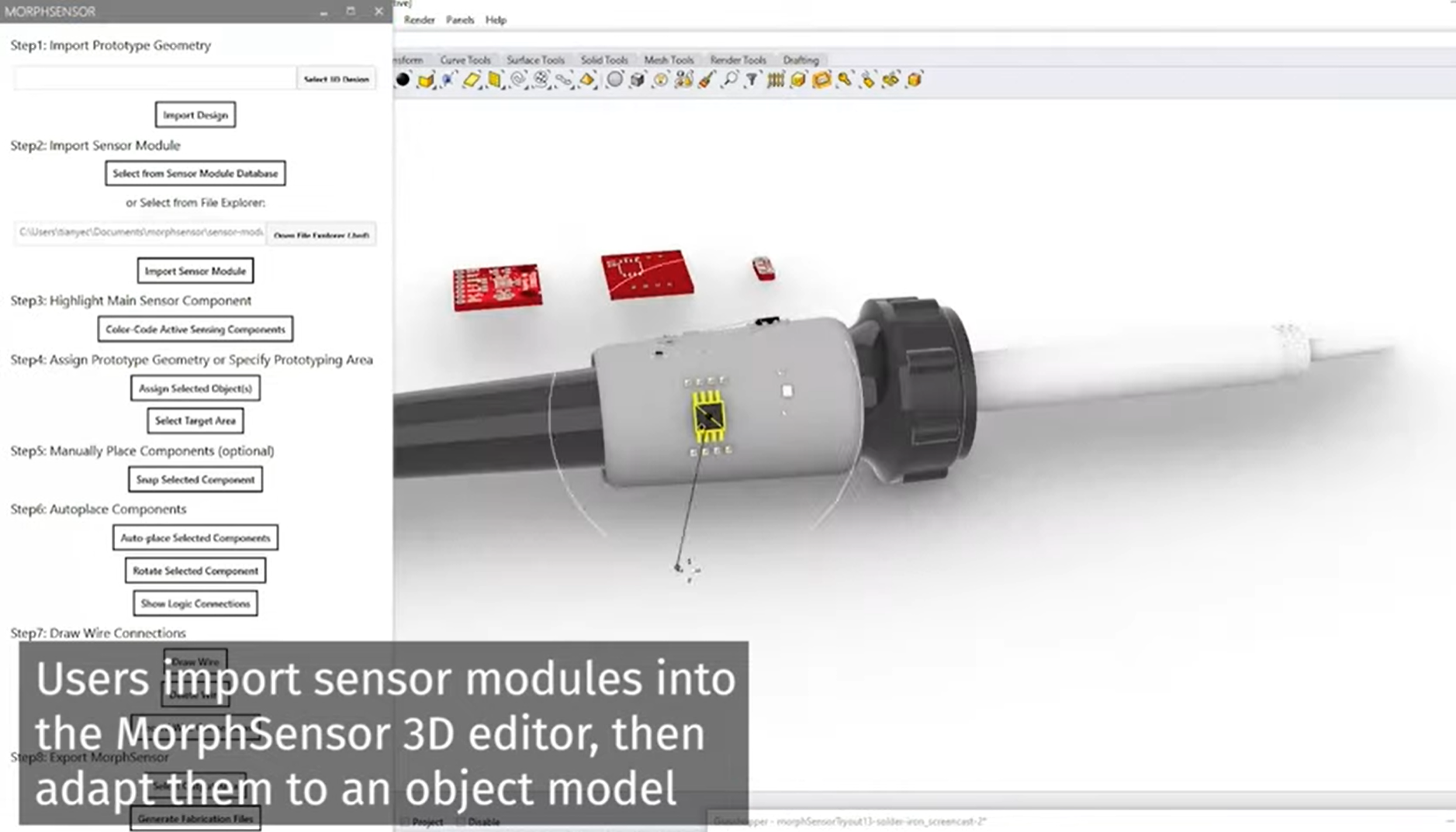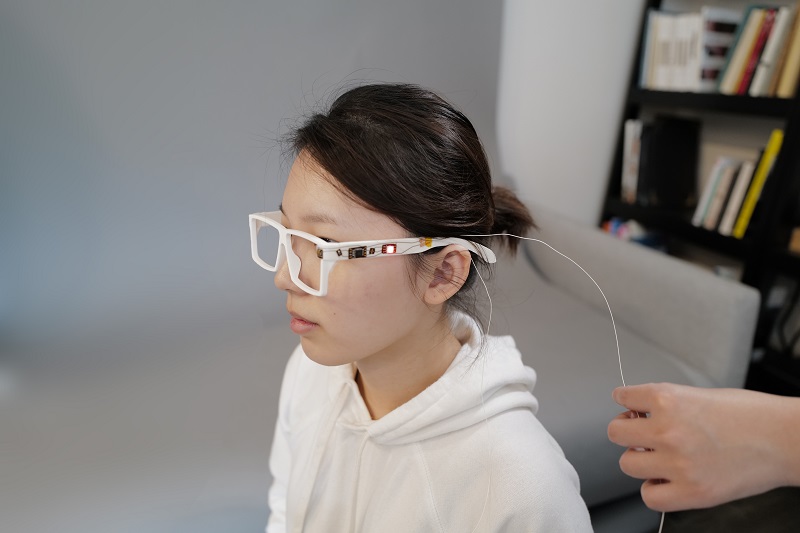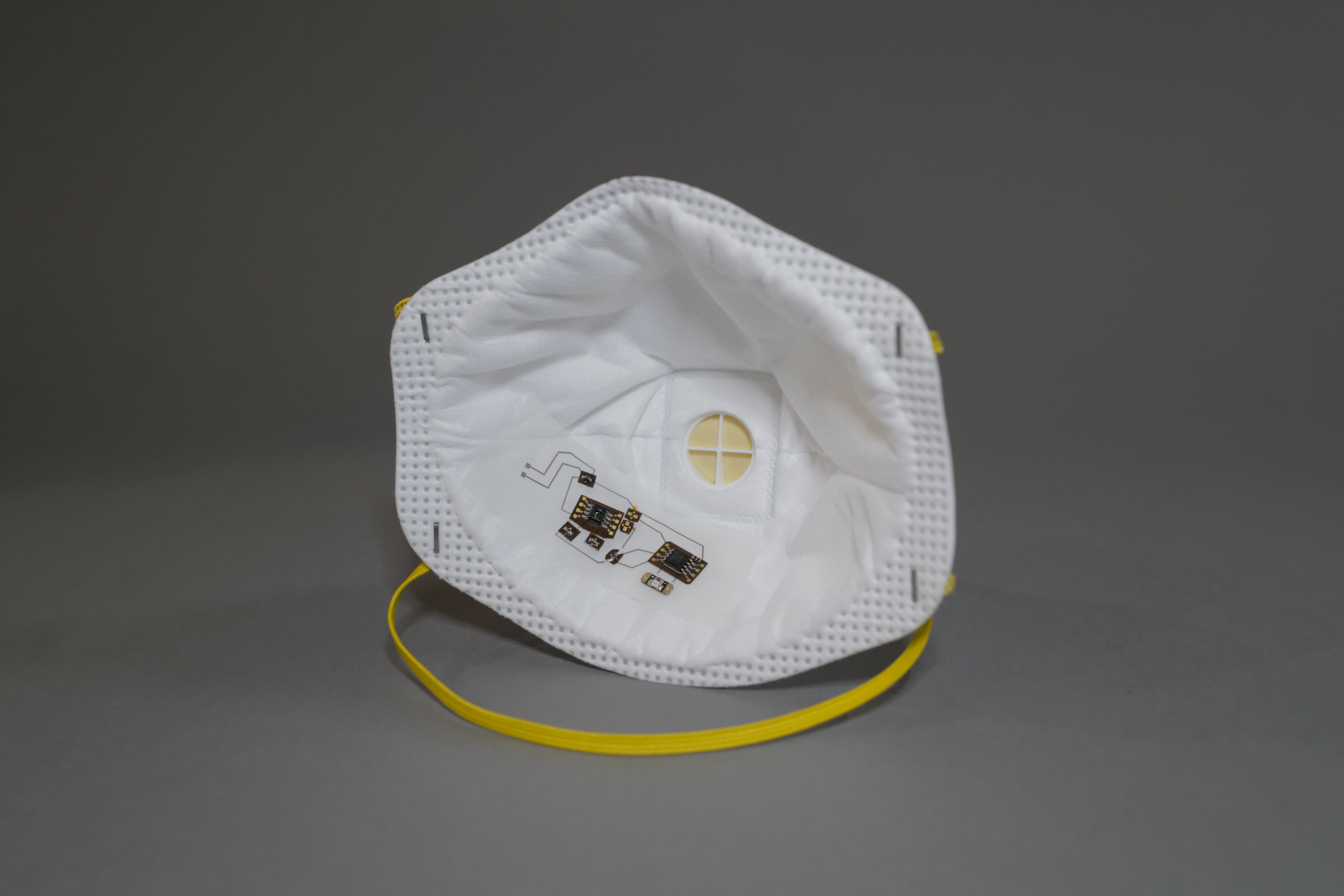China3D printingA team of researchers at MIT’s Computer Science and Artificial Intelligence Laboratory (CSAIL) has developed a novel 3D design environment that enables users to determine the physical form and electronic function of objects at a time. Do digital modeling.
Called “MorphSensor,” the program draws on traditional CAD software as well as circuit construction software to provide a more complete design environment for mechatronics professionals.Essentially, custom parts can be designed for3D printing, taking into account both electronic feasibility and mechanical functionality.
Junyi Zhu, lead author of the paper on the project, explains: “MorphSensor fits my long-term vision for ‘rapid functional prototyping’ to create interactive objects where functions are integrated directly with forms and fabricated once. use, even for non-expert users. This provides hope that when prototyping, the object form can follow its specified function and that function can be adapted to its physical form.”

MorphSensor user interface. Image via MIT.
How does MorphSensor work?
Adding embedded electronic components such as sensors and chips can be difficult when designing (and redesigning) entities such as housings and frames. Design workflows often require an iterative approach, so the framework of the device must be conceptualized separately from the internal components. This can lead to tedious looping back and forth between physical and electronic parts, ensuring everything fits while optimizing the use of 3D space.
MorphSensor is designed to solve this problem. Users can import predefined sensor modules directly from an extensive database into the 3D editor, and in the process they can adapt the 3D model like stickers on objects. The required circuit is edited at the same time as the part to ensure that it can be embedded directly during the initial prototyping stage, eliminating the need for additional design iterations.
Once the digital frame for the custom circuit is complete, it can be printed onto a piece of paper. Then, using conductive tape, real electronic components can be built directly on top of pre-built circuit structures on paper.Once assembled, the circuit can be cut out and double-sided tape attached to its complementary3D printingon the part.
Applications of MorphSensor
To test the efficacy of the software, the CSAIL team fabricated a number of mechatronic components designed in the MorphSensor environment. First, an experimental eyeglass frame with an integrated blue light sensor and microcontroller. In addition to providing standard vision correction, the glasses are able to detect when the user is exposed to too much blue light and alert via LEDs or noise.

Blue light detection glasses. Image via MIT.
Likewise, the wearable ring is designed with an integrated temperature sensor to detect environmental conditions, enabling real-time weather advice. The housing of the pair of Airpods has also been redesigned to accommodate motion sensors for bio-monitoring and sleep-tracking purposes.

temperature sensing ring. Image via MIT.
In light of the current pandemic, N95 masks are also equipped with humidity sensors to monitor substrate contamination, alerting users when the mask needs to be discarded. Finally, the handle of the soldering iron has been redesigned to integrate an air quality sensor and corresponding LED lighting. When the air quality in the workshop deteriorates to a certain level, the LED flashes to signal to the user that it may be time to open the windows.

The electronic circuit embedded in the N95 mask is designed with MorphSensor. Image via MIT.
Over the past year, largely as a result of academic research, many ” 3D printingThe development of a “friendly” design environment. The duo at ETH Zurich have recently released a computational design for additive manufacturing (DfAM) framework capable of automating the design of complex multi-flow nozzles. Alternatives to CAD software that allow non-expert users to design complex geometries are specialized for additive manufacturing tools such as FDM nozzles.
Elsewhere, researchers from the Technical University of Graz (TU Graz) and the Medical University of Graz in Austria have devised an automated system for cranial implant design.The program uses deep learning algorithms to restore missing parts of the skull from medical scans to generate accuratestl file.
China3D printingNet original article!
(responsible editor: admin)


0 Comments for “MIT researchers develop new 3D design software for embedded electronics”